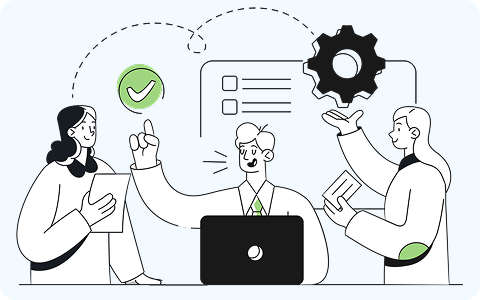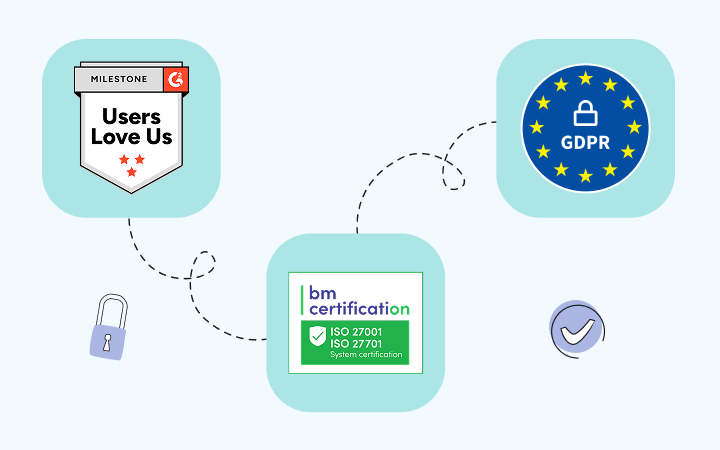


🍪 Allow functional cookies?
We use Zendesk messaging software for easy communication with our clients. Zendesk uses cookies to interact with website visitors and provide chat history.
See our Privacy Policy for more info. You can change your cookie preferences at any time in our Cookie Settings.




Hubstaff is a time tracking and workforce management tool. It offers features like manual time tracking, GPS monitoring, activity levels, and project management integrations. Hubstaff also supports invoicing and payroll.
While Hubstaff provides a broad set of features for time tracking and team management, its complexity and manual setup can be difficult to navigate. Hubstaff’s features are best suited for businesses with field teams that require location tracking.

|
|
|
|
| Automatic time tracking | ||
| Meeting & video time tracking | ||
| Offline time | ||
| Reports | ||
| Scheduling | ||
| Projects | ||
| Document title tracking | ||
| Private time | ||
| Screenshots | ||
| Invoicing |

DeskTime is a great Hubstaff alternative for remote and hybrid teams looking to improve productivity and accountability.
Forget manual entries and distractions. With DeskTime, time tracking runs on autopilot—zero effort needed.
With DeskTime, you can see your employees' arrival and departure times, analyze their productivity, schedule shifts, oversee absences, maintain a healthy work-life balance, keep track of specific projects, and more.
Here’s why DeskTime is a great choice for teams that want to stay focused and keep their work organized.
DeskTime auto-starts with your computer and stops when you shut it down—no manual input or errors, just effortless tracking.
DeskTime is one of the most customizable time trackers out there. Tailor the app to your needs and focus on what matters most to you.
Features like Private time, Break reminder, or Screenshot blur help ensure your employees stay focused without feeling watched.
Find out which industries can get the most out of DeskTime’s easy time tracking and productivity tools.
DeskTime tracks coding hours, manages remote teams, and integrates with tools like Jira and GitLab, allowing developers to stay focused and meet project deadlines.
DeskTime tracks time automatically, helping agencies log billable hours, manage workloads, and keep client work transparent and profitable.
DeskTime helps hybrid and remote teams stay productive with time tracking, activity insights, and easy reporting—keeping everyone aligned, wherever and whenever they work.
DeskTime follows strict international data and information security standards, ensuring a smooth, safe, and reliable time tracking experience for every user.
Our practices align with ISO 27001 and ISO 27701 standards, ensuring robust information and privacy management across our systems.
The services provided by DeskTime and the data generated using the application comply with the rules set by GDPR.
Visit our Privacy Policy to learn what data we collect, how we use it, and how we protect your privacy.
All data that DeskTime users share with our servers is encrypted both in transit and at rest by default.
Users can add an extra layer of security to their account by enabling two-factor authentication in their profile settings.
With a system uptime of 99.95%, DeskTime ensures maximum reliability through continuous, restorable backups.
Want to hear from our users? Discover their reviews on G2.
Schedule a chat with our product expert to learn how DeskTime can be tailored to fit your needs and requirements.
Here are some other popular productivity and time tracking tools.
Clockify is a solid choice for teams looking for a straightforward, manual time tracking solution with project-based tracking and a clean, user-friendly interface.
Toggl fits well with freelancers and small teams looking for a straightforward way to stay on top of their work.
Insightful is a solid choice for small businesses seeking a cost-effective solution for time tracking.